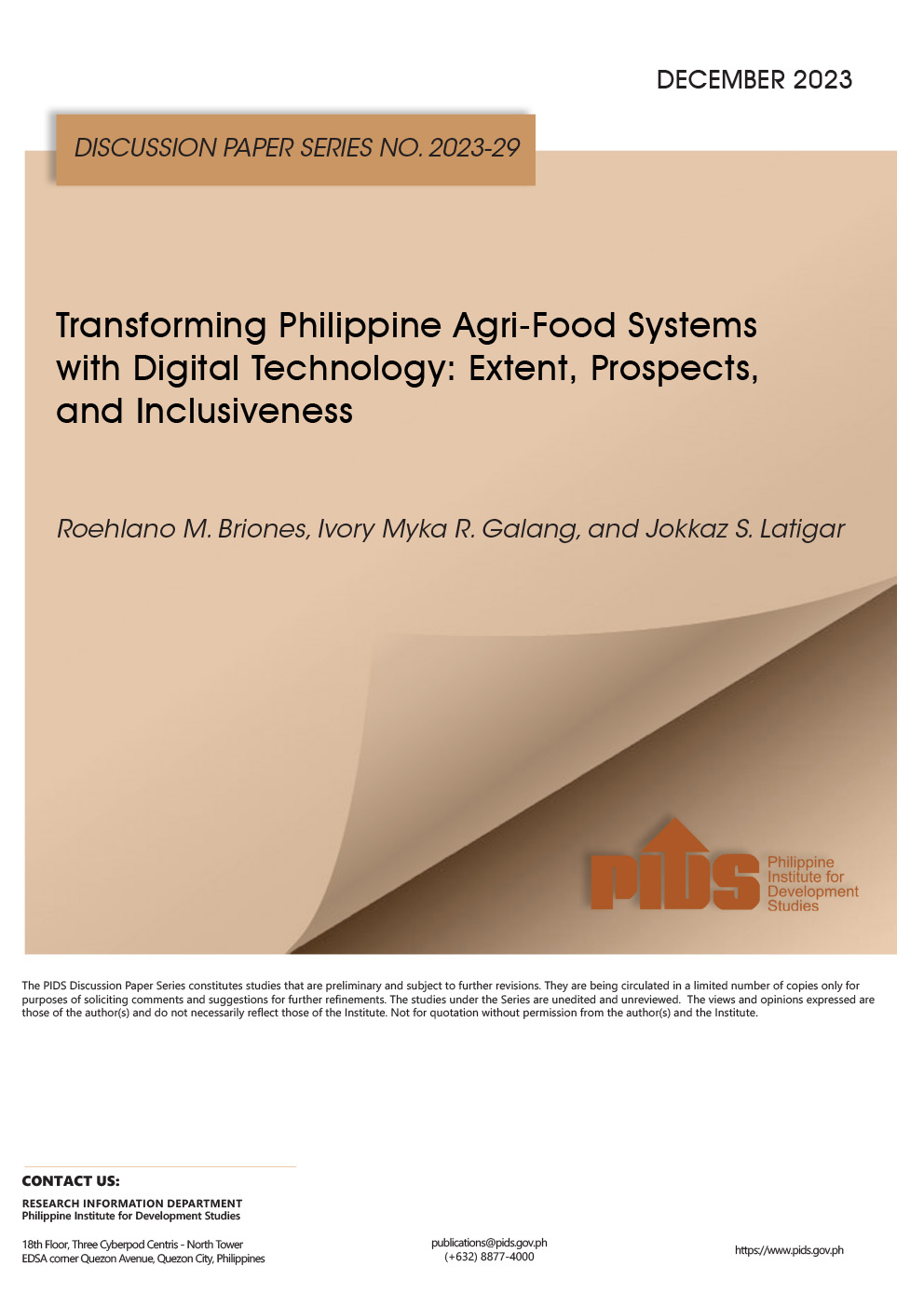THE PHILIPPINES’ temporary use of quantitative restrictions (QR) on rice was intended to avert a dampening of rice prices, but the threat of their expiry has some parties casting about for possible alternative schemes that will support farmers once restrictions on imports are loosened.
Samahang Industriya ng Agrikultura, Inc. President Rosendo O. So, said the QR did not serve its purpose with more rice imported than the cap set under the minimum access volume because of government-togovernment importation.
But this remains merely on paper. Our QRs did not curb rice imports; we have been importing more than the required QRs, excluding smuggled rice, for the past 10 years,” said Mr. So in a text message over the weekend.
QRs have been used by previous governments as self-promotion to say that they are protecting the industry. QR or no QR, the government must address the real problems besetting the rice industry,” he added.
The QR is a non-tariff measure imposed by a member of the World Trade Organization (WTO) to limit the volume of imports of a particular commodity over a particular period.
The grain is the only commodity in the Philippines that enjoys special treatment, granted to the country upon acceding to the WTO in 1995. Annex 5 of the Agreement on Agriculture negotiated during the Uruguay Round of the General Agreement on Tariffs and Trade allowed its members to apply for special treatment in respect of the designated products by complying with certain provisions under the deal.
The waiver’s validity ended 10 years later but continued on for seven years after the Philippines lobbied for an extension, granted in 2007. As a trade-off, the country agreed to increase its minimum access volume (MAV) for rice to 350,000 metric tons (MT) with a reduced tariff of 40% in-quota from 119,460 MT at 50% in-quota and a cut in tariff rates, among other trade arrangements, covering other agricultural products.
This continued until the 2012 expiry, after which the country negotiated another extension in a bid to buy more time to prepare local farmers for the liberalization of trade. The Philippines traded off additional rice volumes under the MAV scheme which is currently at 805,200 MT with an in-quota rate of 35% and a mostfavored nation rate (MFN) of 40% for volumes outside the MAV.
Through this arrangement, the Philippines was given more time to achieve self-sufficiency in rice, a move expected to counter the damaging impact of the expected influx of cheap rice imports after the QR is scrapped.
The government has long expected an influx of cheap rice once the country’s privilege to use the quantitative restriction expires.&
Previous administrations have also long been attempting to prepare for this by attaining rice self-sufficiency which has never been achieved, though the country came close in 2015 with a 97% ratio of domestic production to demand.
The country was hit by a severe dry spell during the period -- which intensified in early 2016, possibly galvanizing the rice industry to make an extra push to boost rice yields and achieve greater resilience against climate change.
A study conducted by the Philippine Institute of Development Studies has charted possible moves the government could undertake to cushion the blow on farmers post-QR.
PIDS Research Fellows Roehlano M. Briones and Lovely Ann C. Tolin noted that decoupled payments are the best option to support farmers.
;The benefits of decoupled payments outweigh the costs, making these the preferred option over traditional support and deficiency payments,” they were quoted in a PIDS statement released over the weekend which highlighted the study.
Decoupled payments are lump-sum cash transfers unrelated to rice prices or quantity.
The computation of this payment, according to the researchers, is based on the farmer’s past performance - historical production or historical acreage -- and capped through limits on eligible acreage, tonnage, or payment itself.
Compared to traditional support and deficiency payments, decoupled payments have minimal distortion on trade and do not involve transfers from consumers,” they wrote.
The researchers said traditional support such as market price support and consumer subsidies result in a high fiscal burden, leakages, and market distortion.
Deficiency payments, meanwhile, could be costly for government when prices fall to unexpected levels.
In addition, the PIDS researchers assessed a compensatory payment scheme that would serve as a safety net for farmers.
The baseline scenario assumes that QRs on rice imports are maintained, with a fixed farmgate price of P17 per kilogram while the alternative scenario adopts the same assumptions, except that it posits the repeal of QRs, and the imposition of a 35% tariff equivalent (2017 onwards).
The assessment of the baseline scenario shows that domestic output will increase, yet not enough to meet higher demand. As a result, imports will be doubled, from 1.074 million tons in 2014 to 2.17 -- 2.26 million tons annually,” the study said.
In the case of the alternative scenario, the lifting of the rice imports’ restrictions with a 35% tariff will lower palay (unmilled rice) prices by P4.56 per kilogram and P6.97 per kilogram at the farmgate and retail levels, respectively,” it added.
According to the study, imports will double, reaching 4.4 million tons from an average of 2.2 million tons in the baseline scenario.
They also noted that residual money from the tariff revenue generated by rice imports could be used for other product enhancement measures for rice farmers.
The PIDS researchers said that applying this formula to a two-hectare-irrigated plot, a farmer could receive P19,000 annually.
For an economist interviewed by BusinessWorld, slight changes may take place which can lead to a winwin situation between farmers and consumers.
The cost of imported rice would be about P32 per kilo including tariffs of 35% and markup of 15%,” said Rolando T. Dy, executive director of the University of Asia and the Pacific Center for Food and AgriBusiness, in a text message over the weekend.
The possible scenario, according to the economist, would slightly slash prices of rice from the current farmgate price of P17 per kilo to only P16 or P15.&
Most palay farmers will survive. Consumers will gain as rice retail prices will be lower,” Mr. Dy added, noting that rice farmers may see potential gains by raising yields and reducing costs via mechanization and farm consolidation. --
When the QR regime on rice expires, here’s what researchers think should take its place












